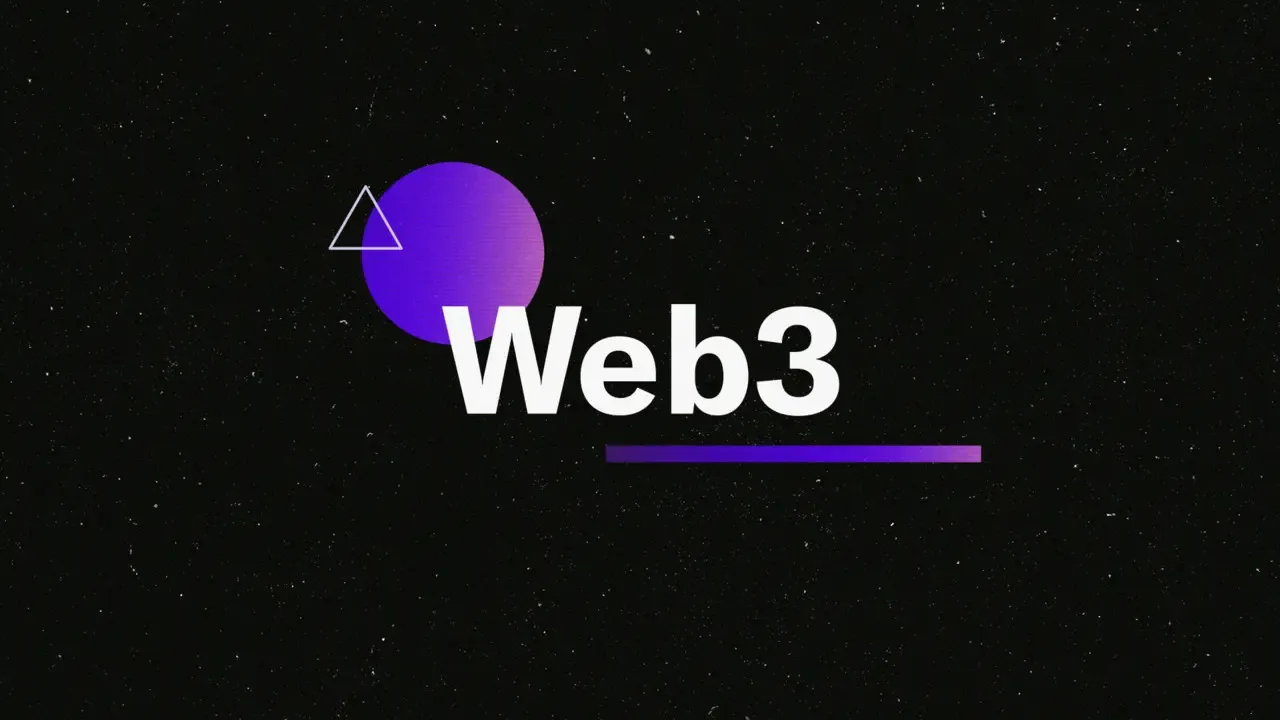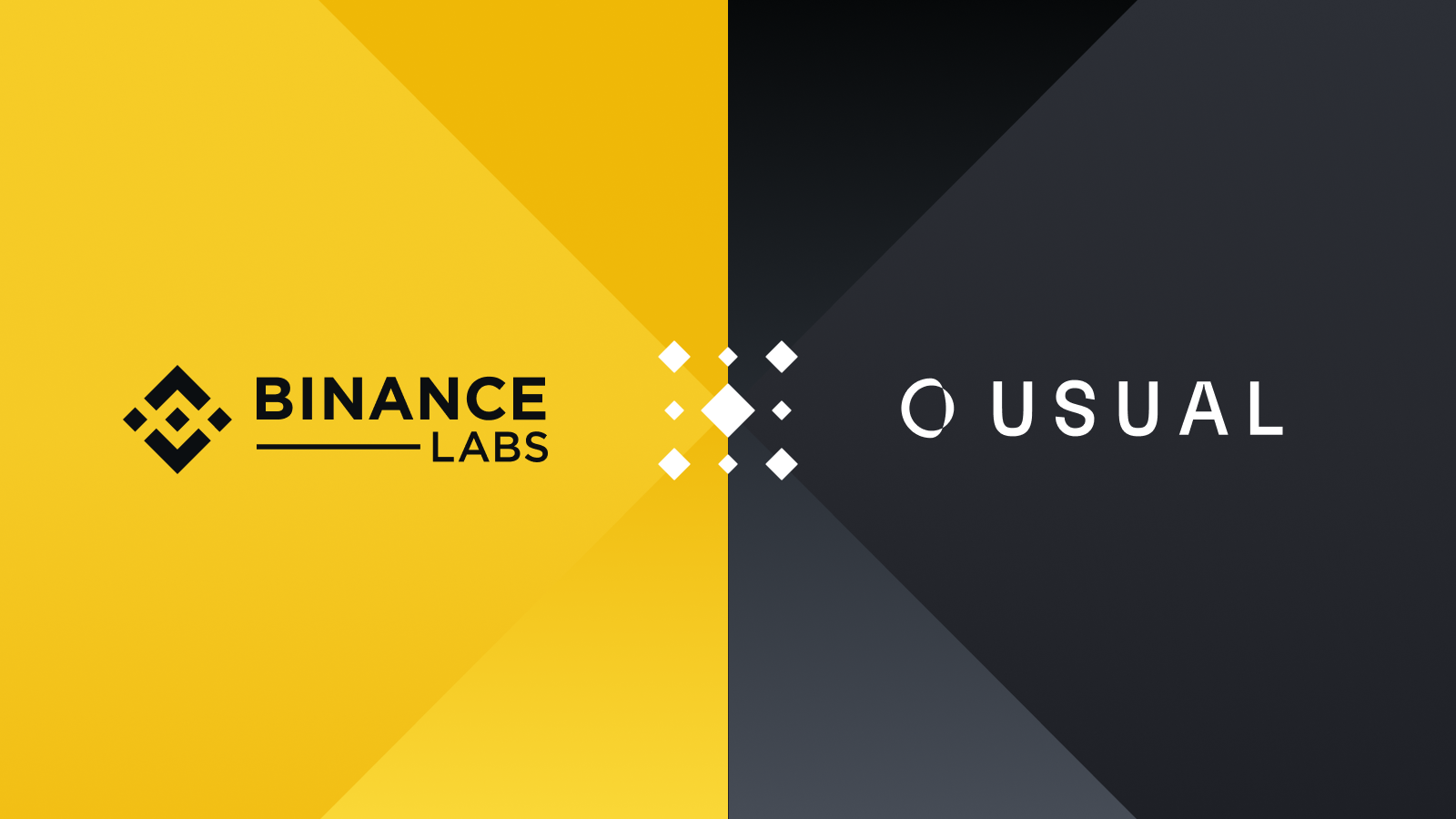- The launch of spot Bitcoin ETFs in the US market has sparked new interest in the largest public blockchain from traditional investors. For crypto native investors, focus on Bitcoin has also picked up, but for a different reason: a resurgence in developer activity and investment.
- Unlike Ethereum, Bitcoin’s programming language does not support complex functionality. However, the success of Ordinal Inscriptions has catalyzed a new wave of development, which aims to introduce smart contracts to the blockchain and increase transaction throughput.
- While Bitcoin’s primary use case today is as a store of value asset and digital alternative to gold, the network can be used for additional purposes, including payments, data storage, and computation. If development activity brings new use cases and greater adoption, we expect it to increase Bitcoin’s total addressable market and potentially its market value.
- In the future, we expect to see growing usage of Decentralized Finance (DeFi) applications on Bitcoin, a larger number of Bitcoin miner partnerships to secure these new scaling chains, and increased competition as Bitcoin becomes a viable smart contract platform.
Grayscale Research has taken note that much of the excitement in the past few months has centered around the Bitcoin developer space. Today, the Bitcoin builder community resembles Ethereum's nascent stage in early 2017, when decentralized applications were just emerging. Bitcoin, the largest public blockchain by market capitalization as of May 2024 and the oldest in existence, has thus far primarily served as a platform for transfers, in line with its originally intended purpose. Unlike smart contract platforms such as Ethereum, which use a richer programming language that can facilitate decentralized finance and other advanced applications, Bitcoin Script has traditionally been limited to facilitating straightforward transactions without supporting complex functionality.
Although there have been a number of past efforts to enhance the network, value transfer remained the primary function for Bitcoin for over a decade until the introduction of Ordinals in late 2022. Ordinals brought NFTs (non-fungible tokens) to Bitcoin, marking a significant shift in both user and developer perspectives. With the successful integration of Ordinals, an increasing number of users and developers now view Bitcoin as a fertile ground for experimentation. This manifests in two key ways. First, it’s broadening Bitcoin’s functionality. The growing ecosystem of Bitcoin Layer 2 solutions prompts exploration into additional possibilities for the Bitcoin network. Second, given the escalating activity on the main chain and rising transaction fees, efforts are underway to enhance the transaction throughput of the main chain.
Exhibit 1: Bitcoin NFT volumes continue to dominate

Expanding Bitcoin
The idea that Bitcoin would require additional scaling solutions has been known from the beginning, as highlighted by cryptographer and early Bitcoin adopter Hal Finney:
“Bitcoin itself cannot scale to have every single financial transaction in the world be broadcast to everyone and included in the blockchain. There needs to be a secondary level of payment systems which is lighter weight and more efficient.”—Hal Finney (December 30, 2010)
We see two main ways to expand Bitcoin:
- Functional diversity pertains to broadening the range of activities and applications feasible within the Bitcoin network. This encompasses exploring and implementing new features, protocols, and technologies that expand the utility of Bitcoin beyond simple value transfer, potentially including smart contracts, decentralized finance applications, and NFTs.
- Transaction throughput focuses on enhancing the total number of transactions processed on the Bitcoin blockchain. This involves optimizing network protocols, improving block size, and implementing scalability solutions to facilitate a greater volume of transactions within a given time frame.
Before the introduction of Ordinals, several Bitcoin scaling solutions had already existed:
- Lightning Network: Regarded as one of the most popular Bitcoin scaling solutions in terms of both historical adoption and funding, the Lightning Network functions as a protocol that is designed to facilitate fast and cost-effective peer-to-peer payment transactions.
- Stacks: Operating as a sidechain running parallel to Bitcoin's main chain, Stacks enables the execution of more intricate applications such as DeFi and NFTs. With the anticipated completion of the Nakamoto upgrade in the coming months, Stacks will be secured through Bitcoin's hashrate.
- Rootstock: A sidechain compatible with the Ethereum Virtual Machine (EVM), Rootstock allows developers to utilize Ethereum-compatible smart contracts on a network secured by a portion of Bitcoin's hashpower through a process called Merge Mining.
Exhibit 2: Bitcoin’s existing Layer 2 ecosystem has been growing

While these solutions have been available for years, the introduction of Ordinals in late 2022 can be seen as the catalyst for the latest generation of Bitcoin development. Ordinals were facilitated by two upgrades to the Bitcoin Core software: SegWit (July 2017), which increased the theoretical block size from 1MB to 4MB, and Taproot (November 2021), which enabled users to more easily embed arbitrary data into the witness data part of a Bitcoin block.
Ordinals are essentially a way to introduce non-fungibility by assigning a unique number to every single satoshi (i.e., the smallest unit of Bitcoin). Through reference to these numbers, one can link pictures, music, or other arbitrary data into the witness section of a transaction. By late 2023, Bitcoin emerged as the largest NFT platform by volume compared to all other chains (based on data we used from Allium in Exhibit 1). While the initial user experience lagged behind chains like Ethereum and Solana, users were likely attracted to NFTs on Bitcoin partially due to the perceived scarcity of block space relative to other Layer 1 solutions, which mostly don’t store files directly on their main chains. Coupled with the feeling of novelty, the popularity of Ordinals prompted participants—both users and developers—to ponder: "What else could be achieved on Bitcoin?"
Next Generation Bitcoin Applications
More than a few innovative projects are currently in development within the Bitcoin ecosystem:
- BitVM: One of the most anticipated developments is BitVM, enabling optimistic Bitcoin rollups using only Bitcoin Script, a feat previously deemed improbable. Similar to Ethereum's optimistic rollups, Bitcoin rollups move transaction execution off-chain, resulting in faster and cheaper transactions. While still in its early stages, projects like Build on Bitcoin aim to incorporate BitVM for future settlement.
- Spiderchains (Botanix Labs): Spiderchains refer to Layer 2 chains using staked Bitcoin in decentralized multi-signature wallets, offering a security standard different from solutions like Stacks and Rootstock. Botanix Labs, for instance, is developing an EVM-compatible spiderchain facilitating the bridging of Bitcoin from Bitcoin's Layer 1 to Botanix's Layer 2.
- Bitcoin Restaking Solutions (Babylon): Babylon, similar to Eigenlayer, leverages the underlying Bitcoin network's security for other validated services. Given Bitcoin's substantial hash rate as of May 9 2024, it could provide robust security for applications seeking to leverage Bitcoin's security budget.
- Application-specific/DeFi on Bitcoin: Projects focusing on Bitcoin-backed stablecoins, borrowing/lending, and other DeFi applications aim to replicate the functionalities seen on Ethereum within the Bitcoin ecosystem.
- Taproot Assets: Formerly known as Taro, Taproot Assets is a Bitcoin layer developed by Lightning Labs to enable asset issuance on Bitcoin. Taproot assets use the Taproot upgrade to embed metadata within a Bitcoin Unspent Transaction Output. With major players like Coinbase activating lightning transfers, Taproot Assets could gain traction.
While these developments are promising, it's important to note that there isn't a clear frontrunner in terms of organic traction. As of May 9, 2024, the total value locked according to DefiLlama on these new projects only represents 0.2% of the total market cap of Bitcoin. With numerous projects vying for attention and liquidity simultaneously, the Pareto principle suggests that only a select few will emerge as successful projects in the coming years, similar to patterns observed on other smart contract platforms. The Grayscale Research team will continue to monitor these developments closely for emerging trends and opportunities within the Bitcoin ecosystem.
Bitcoin’s Bigger Addressable Market
So what does this all mean for Bitcoin?
If we take a step back, Bitcoin’s total addressable market relies upon various narratives: a store of value, a medium of exchange, a settlement layer, an alternative currency system, etc. This has been covered in depth via past research.
We believe that a combination of faster transaction speeds and increased programmability on top of Bitcoin is additive to this total addressable market equation. Increased transaction throughput would strengthen the settlement layer narrative, whereas increased programmability would open up Bitcoin to a new market as a smart contract platform layer.
Given that Bitcoin is a relatively new entrant to the smart contract platform market, one way to map the opportunity for Bitcoin would be to compare the ratio of Bitcoin’s utilization rate and market cap to the other smart contract platforms. Despite Bitcoin being the largest cryptocurrency by market capitalization, its total value locked (TVL), which we can use as a proxy for utilization, remains relatively small. When comparing the TVL-to-market cap ratio of Bitcoin to smaller chains, it is both relatively and absolutely lower.
For example, as of May 2024, Ethereum currently has approximately $50 billion locked in its ecosystem, with an additional $7.5 billion on Layer 2 solutions, totaling $57.5 billion. Ethereum's market cap stands at ~$360 billion. This means that around 17% of Ethereum’s total market cap is being used in applications. In contrast, Bitcoin has only around $2.4 billion locked in applications with a market cap of $1.2 trillion. This means that only 0.2% of Bitcoin’s market cap is being used in applications.
Exhibit 3: Bitcoin’s existing opportunity set remains large

From an investment perspective, considering the combination of both interested users and developers with a historically untapped market, there’s a lot of excitement about where things could end up.
Development Introduces New Risks
Although greater development activity within the Bitcoin ecosystem creates opportunities, it may also introduce new risks. We see two main challenges. First, rising activity may result in higher fees. One criticism of development on Bitcoin stems from an aversion to high transaction fees. Recently, the increase in transaction fees on Bitcoin due to speculative activity has made traditional Bitcoin transactions cost prohibitive to some users. The counterargument is that fees were always meant to supplement the income of miners eventually. Rather than introducing a problem, increased development now on Bitcoin scaling solutions should help create new solutions for users that require cheaper fees to transact.
Second, some Bitcoin users express concern about value dilution. For example, if the Bitcoin network is used for more things, does it become less valuable as a money medium? Does the influx of new projects represent “graffiti” on the store-of-value chain, or contribute to its evolution into something more akin to jewelry? In our view, the essence of Bitcoin lies in its decentralization and the freedom it offers users to use Bitcoin in various ways, including incorporating art or implementing stablecoins. This expansion of use cases broadens Bitcoin's appeal and brings new markets and audiences into the fold, aligning with its fundamental purpose of empowering individuals with financial sovereignty and choice. Nonetheless, we expect debate around the expansion of Bitcoin’s use cases to continue.
The Next 15 Years
Bitcoin is only around 15 years old, and users and developers are still uncovering its potential applications. Given how nascent the state of the Bitcoin Layer 2 space is, it’s still very early to see where the trajectory goes for the majority of these projects. However, Grayscale Research witnessed similar ecosystem expansions in other smart contract platforms and has taken note of the types of projects that tend to serve as primitives. We also noticed trends going on with the way security is handled for a majority of these current solutions. Going forward, we have a few predictions for these new Bitcoin-based protocols and scaling solutions:
- Expansion of DeFi primitives: We anticipate that Bitcoin’s first apps to gain large traction will likely mirror Ethereum’s trajectory and feature a suite of DeFi primitives in the realm of borrowing/lending and exchange protocols. If we assume that other assets beyond Bitcoin will start to settle on the Bitcoin network, there will be demand to use these assets. As we’ve seen in the development of other smart contract platforms, these are typically the applications that receive a majority of the early liquidity.
- Growth of miner partnerships with Layer 2 projects: The security of these scaling solutions could potentially be bolstered by the hashpower of Bitcoin miners, offering miners an additional source of income. Given that there is not a solid solution in the market right now to take full advantage of Bitcoin’s hashpower, we believe that the continuation of merge mining where the scaling solution utilizes part of mining hashpower will be more commonplace for these new projects in the medium term—up until BitVM is implemented. We’ve seen it with Layer 2 projects like Rootstock in the past, and BoB currently.
- Competition in the smart contract platform space: As a result of these developments, we believe Bitcoin is poised to emerge as a serious competitor in the smart contract platform space. Given the high demand of wBTC on EVM chains, we see latent demand potential for Bitcoin-based collateral projects like Bitcoin stablecoins.
Today, Bitcoin primarily serves as a store of value and a digital alternative to physical gold. Even with this “limited” use case, in our opinion, it seems to have been a success. Its market capitalization has grown to more than $1 trillion, and it has spawned an entirely new asset class. But Grayscale Research believes we are still in the early chapters of the Bitcoin story. Developers are only now uncovering ways to get more out of the first public blockchain, as well as how to most efficiently conduct Bitcoin transactions. If the latest wave of development results in more adoption for these use cases, it would imply a larger addressable market and potentially a higher market value over time.


















